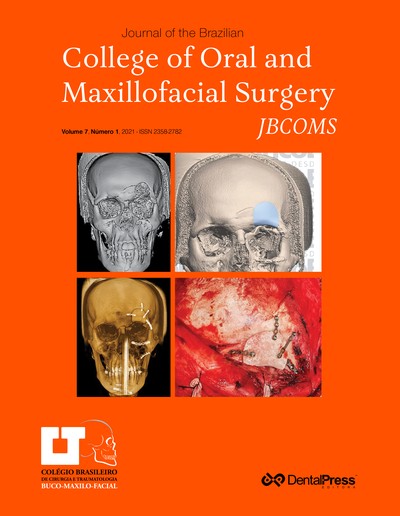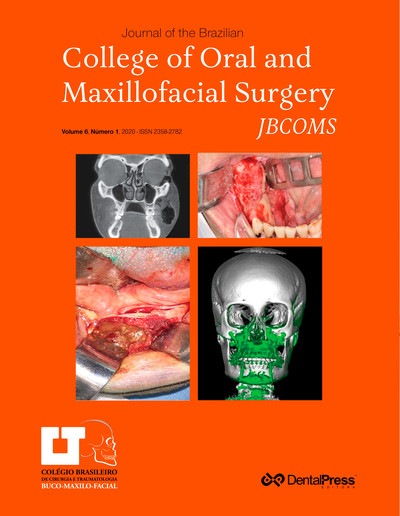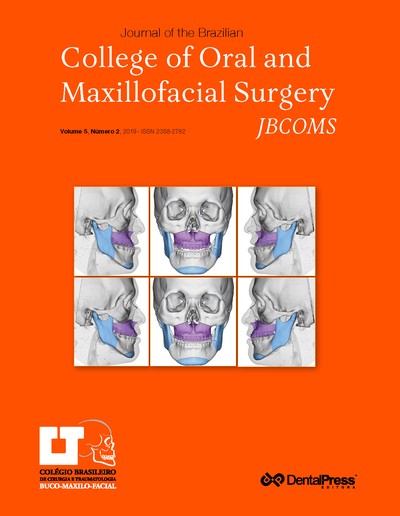
Assessment of the prevalence and profile of impact- ed lower third molars, using panoramic radiographs
ANA PATRÍCIA MAGALHÃES RAMOS, ALYNNE VIEIRA DE MENEZES PIMENTA, EDSON LUIZ CETIRA-FILHO, LÚCIO MITSUO KURITA, FÁBIO WILSON GURGEL COSTA
Introduction: The lower third molar (LTM) has the highest index of cases of impaction, being frequently associated with pericoronaritis, periodontitis, neoplasia and root resorption, making its surgical removal one of the most frequent procedures in dentistry. Objective: the objective of this study was to assess the prevalence and profile of LTM using panoramic radiographs (PR), since PR allow to classify the LTM and establish a surgical plan. Material and Methods: To carry out a survey of the prevalence of sex and age, position variability and pathological changes associated with the impacted LTM, 678 PRs of both sexes were selected, with at least one impacted LTM, whose adjacent second molars were present, since their presence is necessary to classify the impaction level of LTM. Each RP was analyzed by a previously calibrated examiner (Kappa = 0.852). Results: There was a higher prevalence of females and of the mesioangular and horizontal positions and Class II / positions A and B. Regarding the incidence of pathological changes, the values obtained were not high, but there was a higher incidence of caries. Conclusion: Thus, the knowledge of dentists about the positions and classifications of LTM in the PR, and consequent associated pathological changes is essential to establish the correct diagnosis and clinical management.
Keywords: Molar, third. Radiography, panoramic. Diagnosis. Surgery, oral.
How to cite: Ramos APM, Pimenta AVM, Cetira-Filho EL, Kurita LM, Costa FWG. Assessment of the prevalence and profile of impacted lower third molars, using panoramic radiographs. J Braz Coll Oral Maxillofac Surg. 2021 May-Aug;7(2):37-43.
Tuesday, May 14, 2024 11:39










